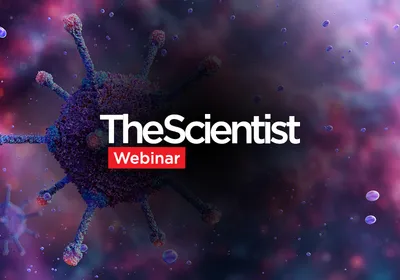ABOVE: © ISTOCK.COM, koto_feja
Artificial chromosomes are essentially miniature versions of real chromosomes that can replicate alongside their natural counterparts in host cells. They have the potential to be “incredibly useful for genome engineering, especially in cases where you want to put in a very large piece of DNA that, let’s say, [encodes] a whole cascade of enzymes involved in a particular pathway,” says chromatin researcher Gary Karpen of Lawrence Berkeley National Laboratory. However, this potential isn’t always realized because there’s a stubborn hurdle hindering artificial chromosome construction: creating centromeres.
Like natural chromosomes, artificial ones need centromeres to attach to mitotic spindles and separate sister chromatids during cell divisions. Centromeres are defined by the presence of a specialized histone called CENP-A that’s critical for connecting to spindles. But how CENP-A is initially recruited is not entirely clear. Centromeres tend to be buried deep in a jungle of repetitive DNA, known ...



















